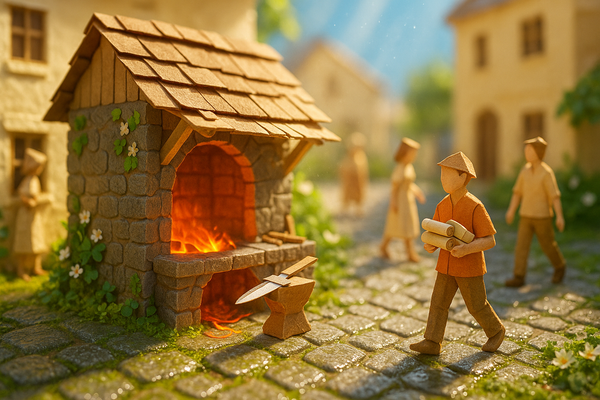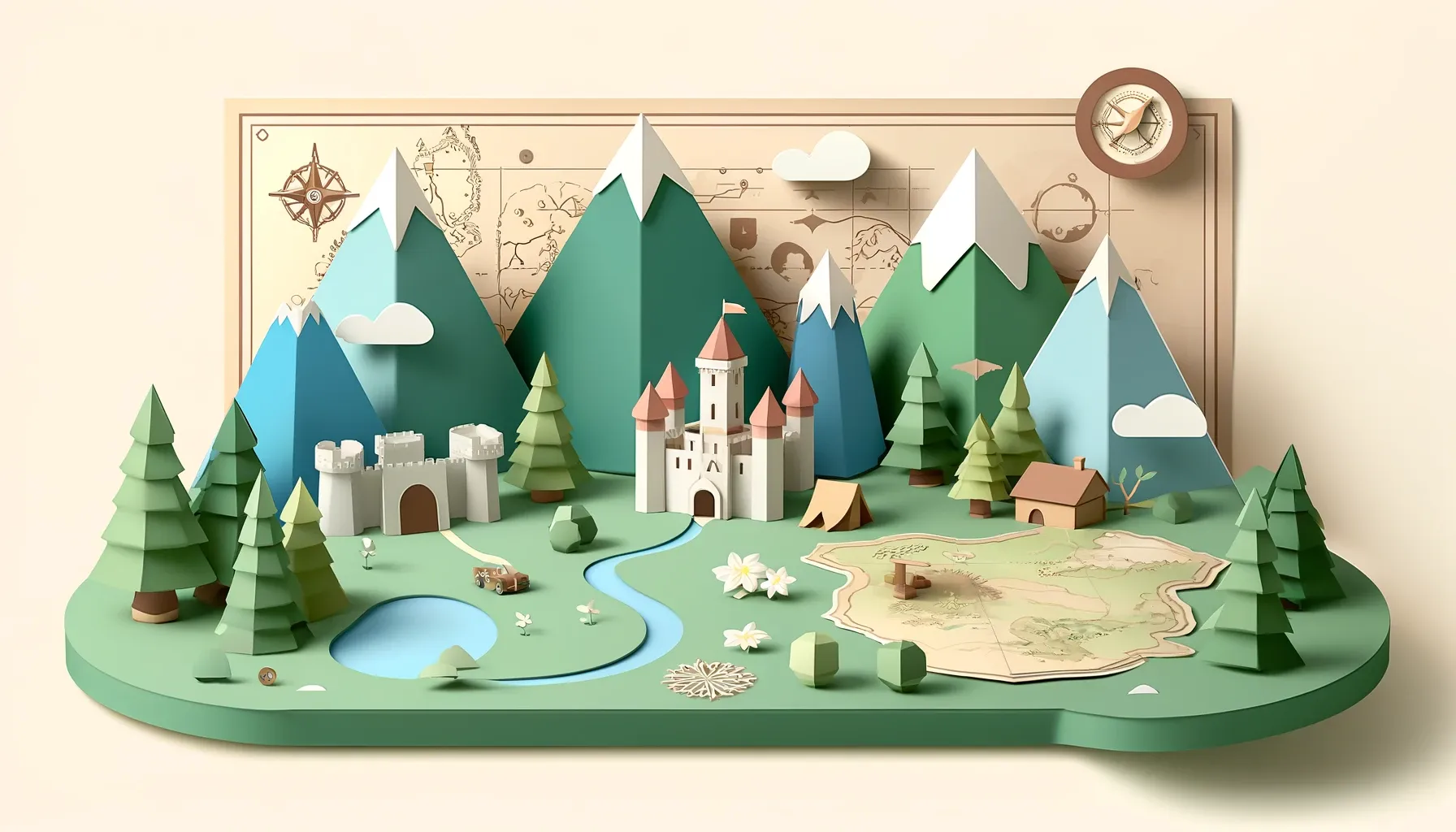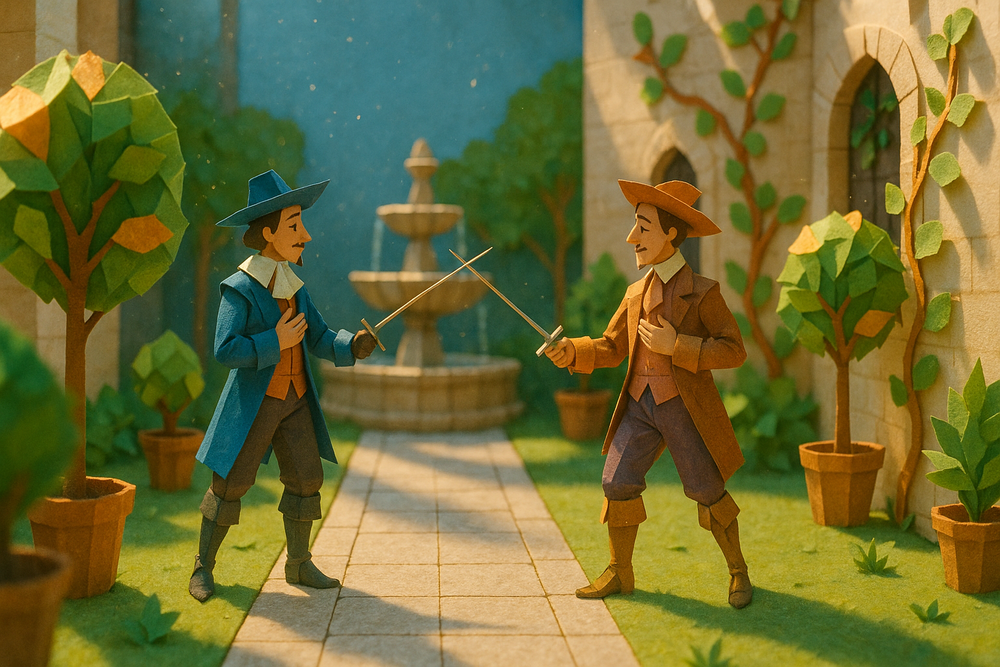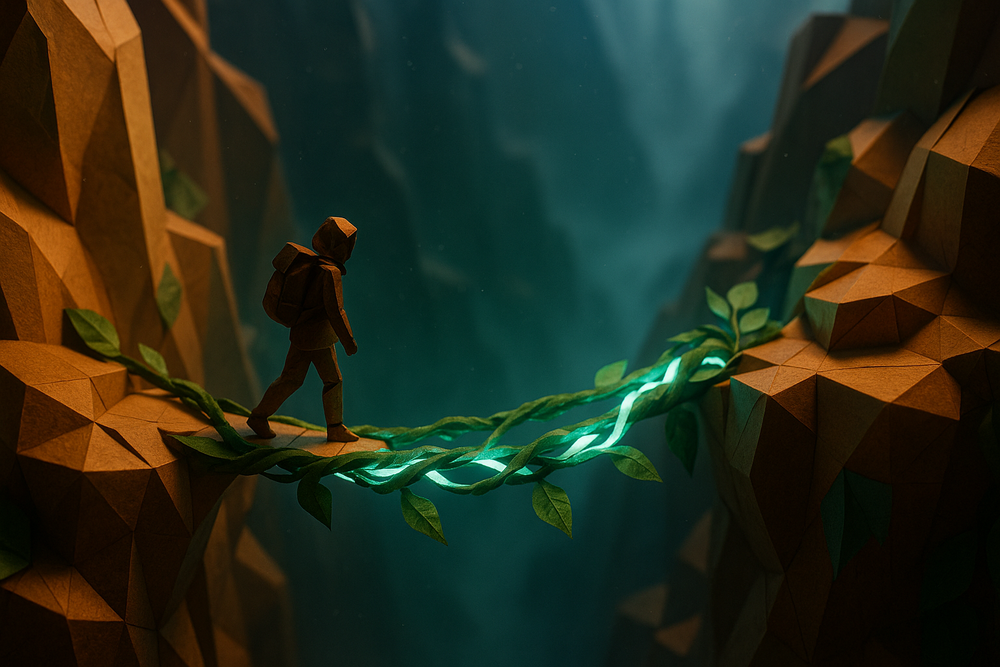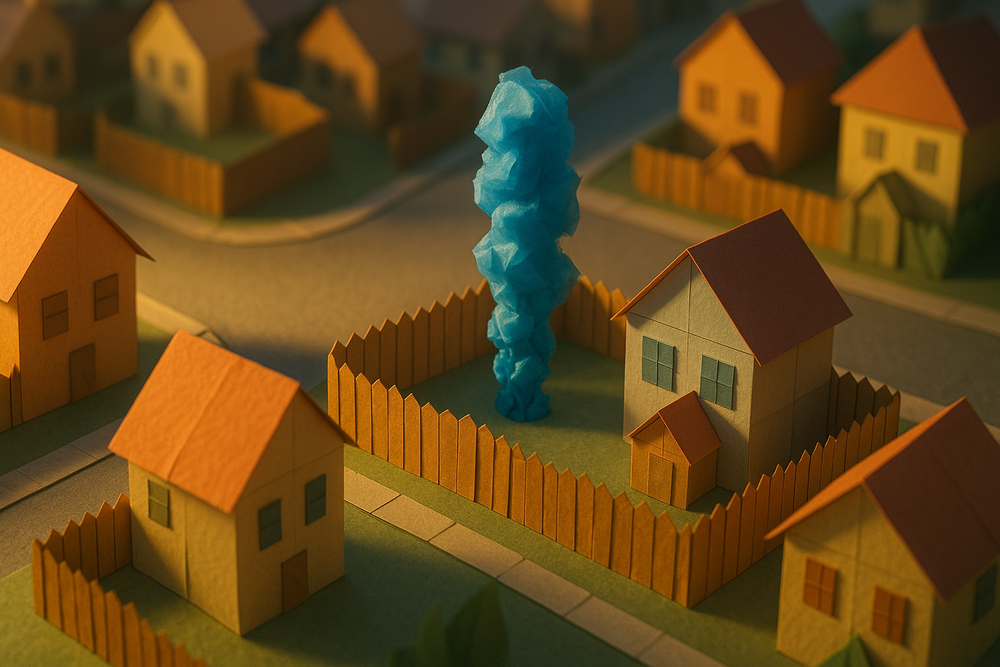Hello, dear readers!
Today, I want to take you on a journey into one of the most intricate and rewarding aspects of storytelling: world-building. Creating a rich, immersive world for your characters to inhabit is a fundamental part of crafting a compelling narrative. Whether you're writing a fantasy epic, a science fiction adventure, or a historical drama, the world you build serves as the foundation upon which your story rests. Let's dive into the art of world-building and explore the many layers that make up a vibrant and believable world.
What is World-Building?
World-building is the process of constructing an imaginary world, complete with its own geography, history, culture, and rules. It's more than just setting the stage for your characters; it's about creating a living, breathing environment that shapes and is shaped by the inhabitants and events within it. A well-built world can transport readers to a place where they can lose themselves, experiencing the story as if they were part of it.
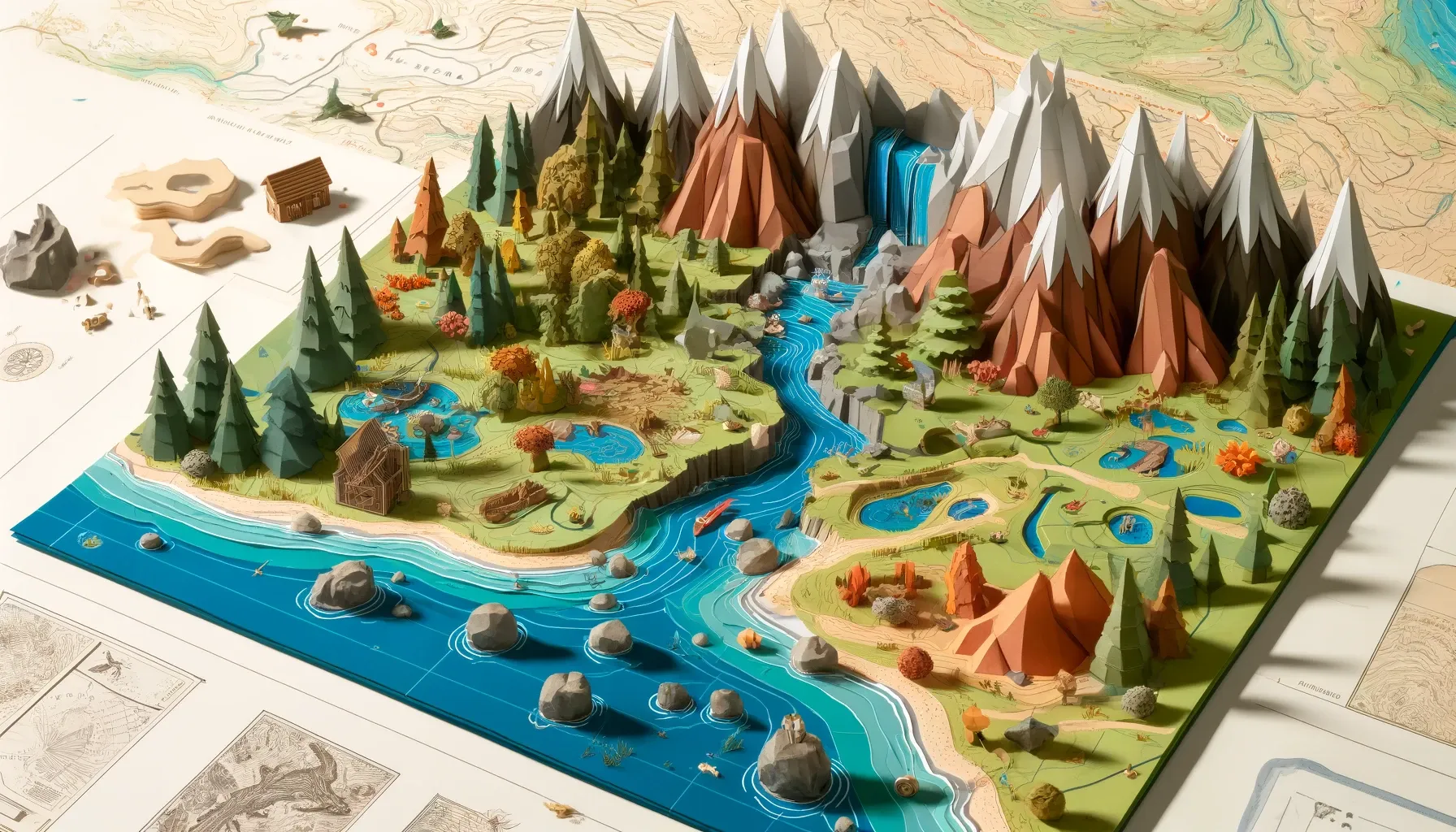
The Foundations of World-Building
At its core, world-building involves answering a series of fundamental questions about your setting. What does the world look like? How do its societies function? What are its natural laws and phenomena? These questions help you establish the groundwork for a cohesive and engaging world.
Geography and Environment
The physical landscape of your world is the first layer of your world-building process. Consider the geography: are there mountains, forests, deserts, or oceans? What are the climates and weather patterns like? How do these geographical features influence the way people live and interact with their environment?
For instance, a world with vast deserts might have nomadic tribes that have adapted to harsh conditions, relying on scarce water sources and hardy flora and fauna. On the other hand, a world dominated by dense forests might see its inhabitants living in harmony with nature, developing advanced woodworking skills and deep spiritual connections to the land.
The environment also dictates the availability of resources, which in turn affects the economy and daily life of the people. A world rich in minerals and metals might have a thriving industry of blacksmiths and artisans, while a world with fertile lands and abundant wildlife could have an agricultural society with strong traditions of farming and hunting.
History and Mythology
A world without history is like a character without a backstory. The history of your world provides context for its present state and can influence the motivations and actions of its inhabitants. Consider the major events that have shaped your world: wars, natural disasters, great migrations, and the rise and fall of empires. How have these events impacted the political and social structures of your world?
Mythology and folklore also play a crucial role in world-building. What are the legends and stories passed down through generations? Who are the heroes, gods, and monsters that populate the collective consciousness of your world? These myths can serve as a rich source of inspiration for your story, providing depth and a sense of continuity to your setting.
For example, in a world where dragons are a central element of mythology, there might be ancient prophecies and revered dragon slayers whose legacies influence the current events of your story. The reverence or fear of these mythical creatures can shape cultural practices, religious beliefs, and even the political landscape.
Culture and Society
Culture is the soul of a world. It encompasses the beliefs, customs, and social norms that define a society. When building the culture of your world, think about the various aspects that make up a community: language, religion, art, music, cuisine, and traditions. How do these elements reflect the values and experiences of the people?
Language is a powerful tool in world-building. The way people speak, the idioms they use, and the names they give to places and things can all provide insights into their culture. Creating unique languages or dialects can add authenticity and richness to your world.
Religion and spirituality often play a central role in shaping a society. What deities or spiritual beliefs do the people hold? How do these beliefs influence their daily lives, rituals, and governance? A society with a theocratic government will function very differently from one with a secular or atheistic worldview.
Art and music are expressions of a culture's soul. What forms of art are prevalent in your world? Are there renowned painters, sculptors, or musicians whose works have left a lasting impact? How do these artistic expressions reflect the history and values of the society?
Cuisine is another important cultural element. What do people eat and drink? How do they prepare and share their meals? Food can be a powerful way to convey the uniqueness of a culture and can also serve as a plot device in your story.
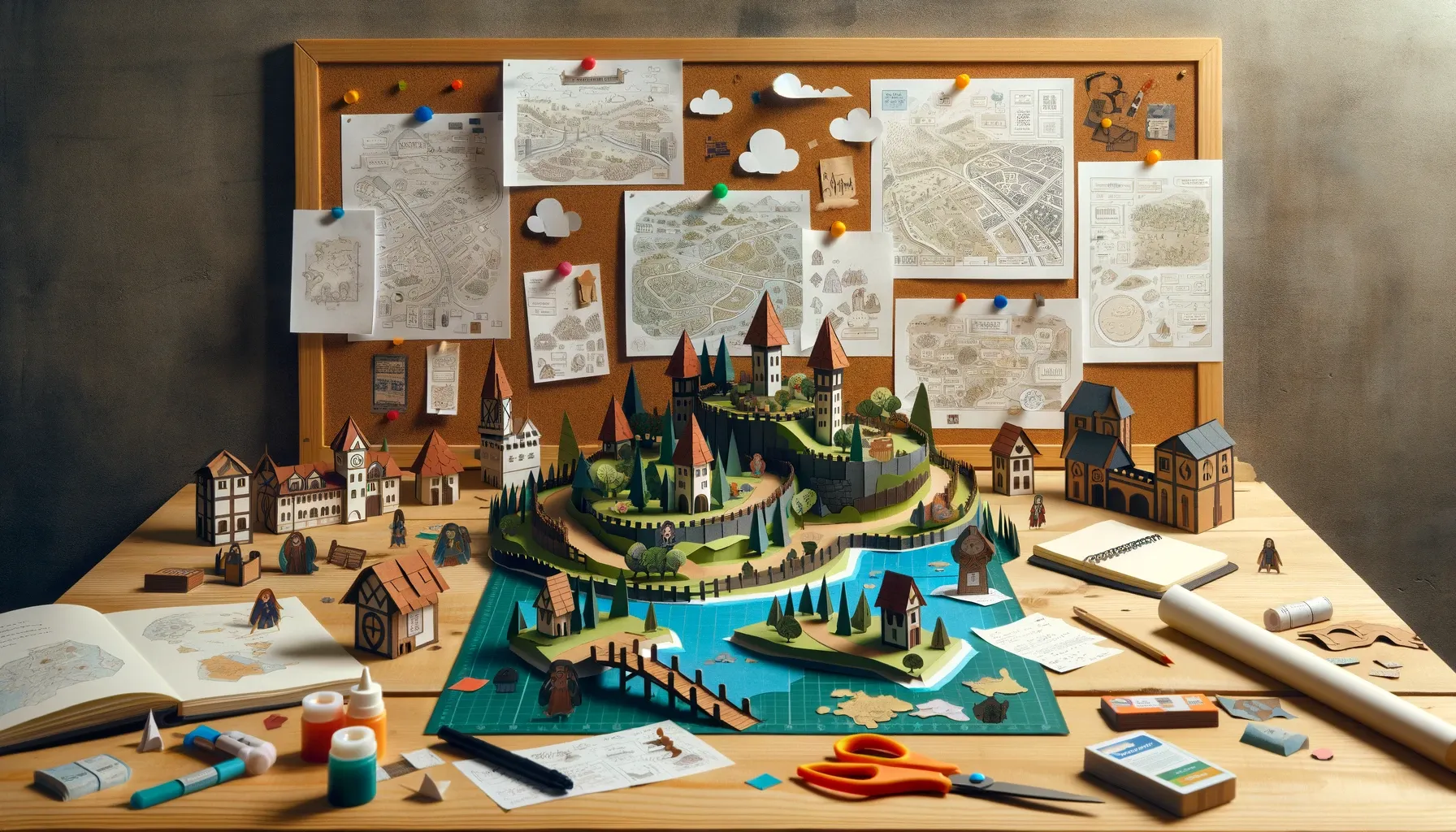
Building a Believable World
Creating a believable world requires attention to detail and consistency. Readers are more likely to be immersed in your story if the world feels real and coherent. Here are some key considerations for building a believable world:
